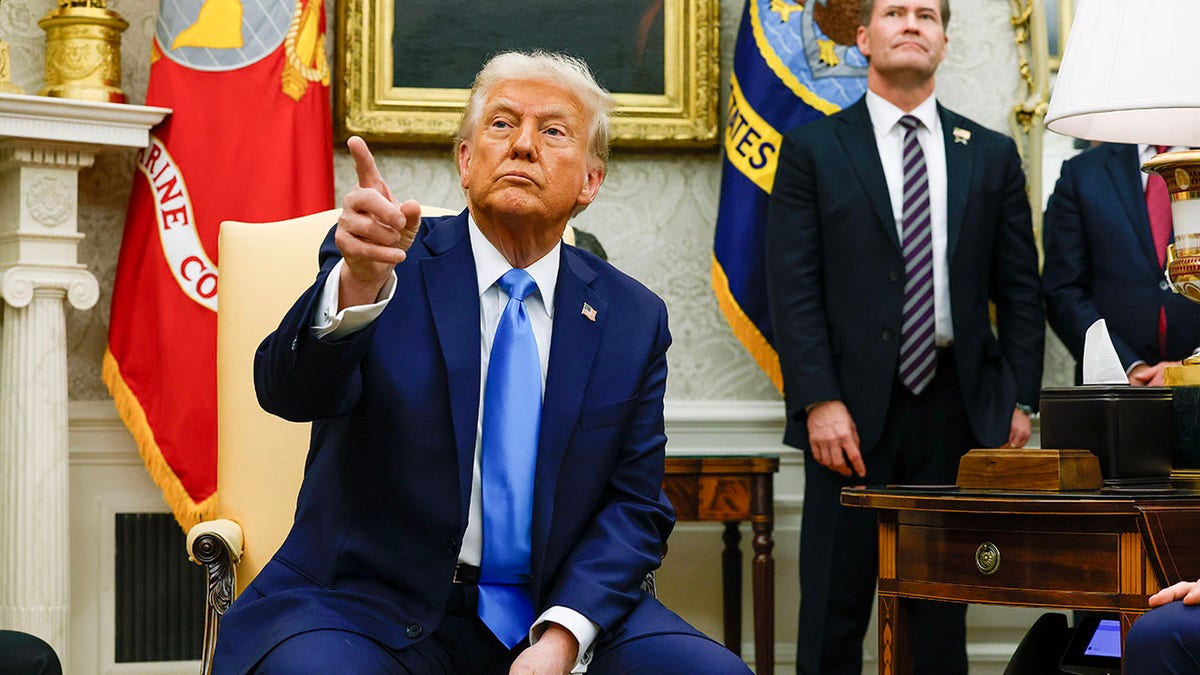The COVID-19 pandemic, with its millions of deaths and lingering "Long COVID" cases, offers a striking parallel to the state of media coverage surrounding former President Donald Trump. The 2016 election victory of Donald Trump sent shockwaves through many newsrooms, triggering what some have termed "Trump Derangement Syndrome" (TDS). This phenomenon manifested as an obsessive focus on negative narratives, often overlooking or downplaying Trump's accomplishments. The media landscape, much like individuals suffering from Long COVID, experienced a debilitating impact, with plummeting audience trust and credibility.
While many news outlets seemed to regain their footing during the Biden administration, the recent resurgence of biased reporting suggests a new ailment: "Long TDS." This condition prevents journalists and analysts from objectively assessing Trump's actions, attributing his decisions to personal flaws rather than strategic planning. They resort to labeling him as "crazy" or "impulsive," failing to consider the possibility of calculated moves.
For instance, Trump's recent decision to withdraw security details from individuals targeted by Iranian threats has drawn criticism. While one might disagree with this policy, dismissing it outright as impulsive overlooks the potential strategic considerations behind it. Similarly, imposing tariffs on Canada and Mexico could have non-economic motivations, such as sending a message about illegal immigration and fentanyl trafficking. Disagreement with the policy's effectiveness is valid, but failing to acknowledge a potential strategy is a hallmark of "Long TDS."
Recognizing "Long TDS" is crucial for journalists and analysts. It requires self-awareness and a willingness to acknowledge personal biases. The ability to report fairly on both positive and negative aspects of Trump's presidency, without resorting to inflammatory language or dismissing opposing viewpoints, is essential. The audience can discern biased reporting, and it erodes trust. Just as individuals with Long COVID must address their symptoms, journalists afflicted with "Long TDS" need to confront their biases to regain credibility and engage a wider audience.

President Donald Trump, accompanied by U.S. National Security Adviser Michael Waltz (R) takes a question from a reporter during a meeting with Israeli Prime Minister Benjamin Netanyahu in the Oval Office of the White House on February 4, 2025, in Washington, DC. (Anna Moneymaker/Getty Images)

Comments(0)
Top Comments